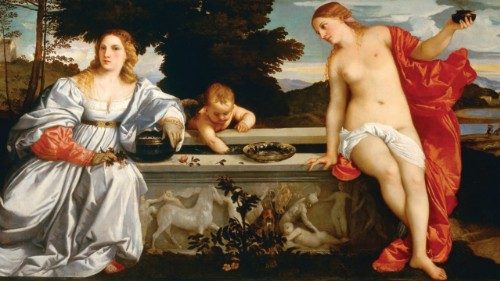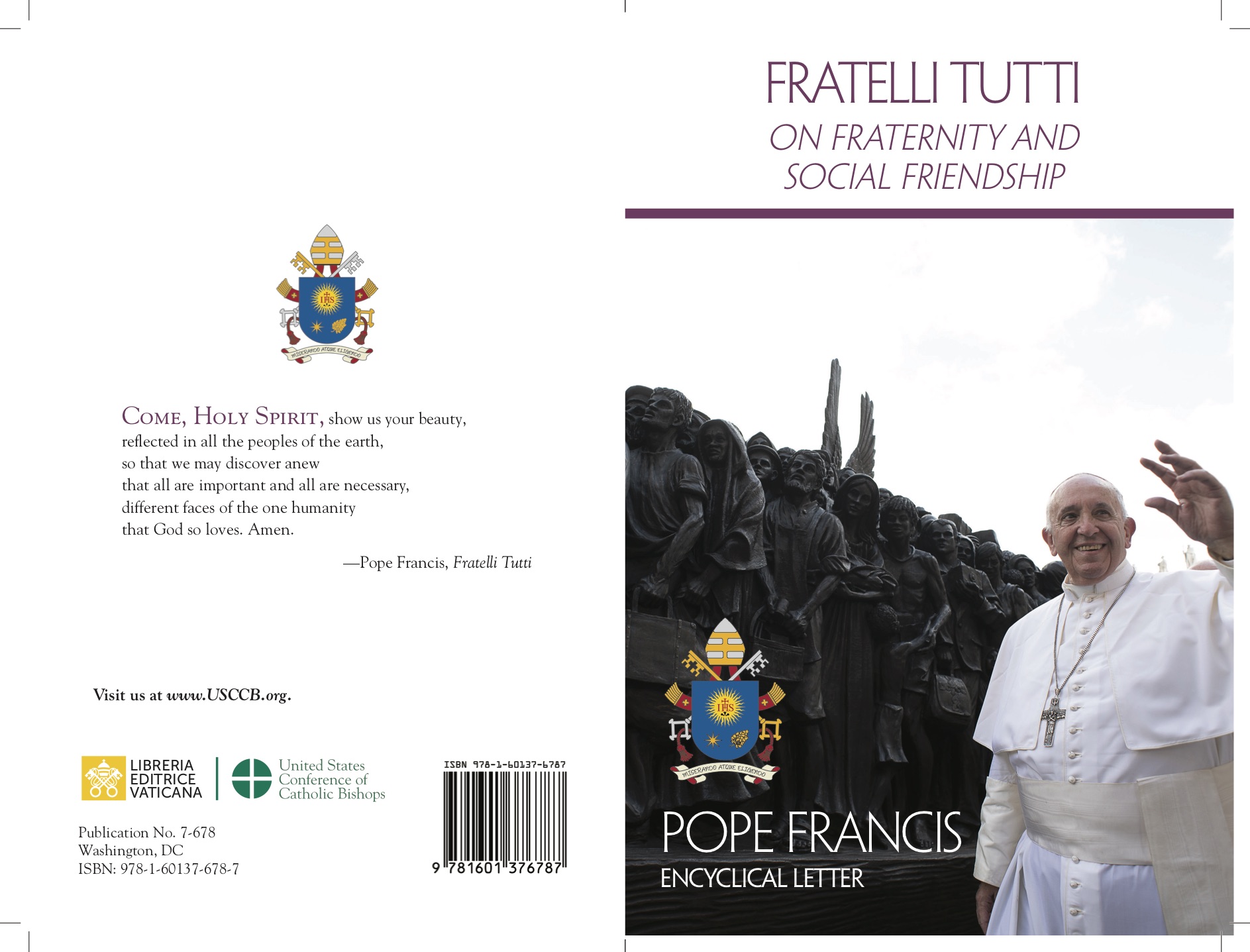
When Teresa Forcades’ book Il corpo gioia di Dio [The Body Joy of God] (Gabrielli Editori) was released in 2020, the title alone announced a countercurrent position, a deep dive without censorship into an uncomfortable subject: the body. The reading confirmed the suggestion of the title chosen by the Benedictine cloistered nun, theologian, doctor, and feminist, who the following year published Forte come la morte è questo amore. Otto lezioni sul Cantico dei cantici [Strong as Death is this Love. Eight Lessons on the Song of Songs] (Castelvecchi), in which, with the rigor and passion that characterize her, Forcades offers a bold interpretation of the famous text from the Hebrew and Christian Bible that speaks exclusively of love.
From the Monastery of Montserrat, in the mountains of Catalonia (Spain), Teresa Forcades, 59, answered questions for Women Church World.
For a long time, in Christian culture, the body was opposed to the soul. Two entities foreign to each other and in opposition. Is it still like this today, or has something changed?
The Incarnation, the Eucharist (eating the Body of Christ!), the resurrection of the flesh. The body plays a surprisingly central role in Christianity. This centrality does not come from Plato or the other philosophers of ancient Greece, and, as far as I know, it is not found in any other religious tradition.
The Word became flesh (John 1:14), which is truly surprising. The fullness of God “inserted,” so to speak, “inside” a human body. So surprising that we Christians have had, and still have, difficulty living in accordance with the suppression of the dichotomy between body and soul that the Incarnation of Jesus represents. We have Platonized Christianity and, therefore, come to distrust the body and its pleasures. We have upheld the highest value of the body in theological theory, and at the same time, we have devalued it in moral practice. Thank God, this is starting to change. Seeing our body as a joyful place of encounter between the divine and the human could, for many, be a welcome innovation and potentially capable of changing lives
In the Church, the body of women has often been seen as a vehicle for concupiscence and sin. And, therefore, the origin of the disorder in the world. Is it still like this today? Or is something beginning to change on this issue?
Both inside and outside the Church, the female body has been both revered and despised. It is the inescapable and unresolved contradiction of patriarchy: women are seen as objects of desire (they are pure, they inspire, they nurture, and they heal) and at the same time as inferior (they are evil, in need of guidance and control, unreliable). It is impossible to be both of these things. The body of women must be “perfect” according to increasingly unrealistic beauty standards, and it must be controlled through psychological and physical violence.
Religion, in general, and Catholicism in particular, have often been part of this violence. Plus, we know that the violence perpetrated “in the name of God” is the most profound and harmful. The solution? That women speak for themselves. The more we speak for ourselves, the more mistakes we will make, just like men when they speak for themselves. So be it. The problem is not making mistakes. A religious or secular representative is replacing the problem in your actions.
How much has the negative idea of the body of women – a place of concupiscence and sin – as mentioned in the previous question, weighed in defining their role in the Church? How much has it contributed to a subordinate and marginal position?
The problem is not the “negative idea,” but rather the impossible combination of “idealization and denigration.” If the body of women were “only negative,” it would be much more tolerable. Instead, the message is highly toxic, and indigestible.
From Paul VI to John Paul II to Pope Francis, all and everyone have praised women as having somehow a superior role in the Church, the role of motherhood, which all women should share with Mary. The breast and the womb/vagina are praised and revered as symbols of motherhood and female power, while being feared and abhorred in their concrete physicality by some celibate men who, as adults, have never had contact with them.
Can love between human beings exist without the body? Alternatively, is it secondary to the attraction of the spirit, as many have claimed and continue to claim?
Thomas Aquinas stated that we could not be “persons” without the body. The soul alone does not constitute a person. Love between human beings cannot exist without the body, because the human being cannot exist without it. There is an earthly body and a heavenly body, a physical body and a spiritual body. Nevertheless, the need for a body remains as the principle that personalizes our identity. The body is what makes me different from you: in time and space, the body must be physical; beyond time and space, it will be spiritual, but it will still be able to transmit and communicate my individual identity to those who love me and allow them to transmit their love to me. Physical contact without a spiritual bond is, at best, boring and uninteresting, at worst, violent. A spiritual bond without sex is, of course, possible and pleasant, but it is not the same as “existing without a body.”
The body, as Teresa of Ávila clearly stated, is part of every relationship we have, even our relationship with God. The body is happy to experience love and can be touched deeply by a loving glance, a loving presence, or a loving word. Physical contact is not necessary for the body to be part of the experience. We are always incarnate beings, and everything we experience, without any exception, we experience with the body.
To the body as a negative and sinful place, modern society contrasts the “free body,” one that seeks pleasure without limits. However, is the freedom proposed by the dominant culture true freedom, or is it a new and unprecedented idea of exploitation and subordination?
In our late capitalist culture, there is the exploitation and commodification of the body. Younger and younger girls (and boys too) are sexualized and subjected to unrealistic and constantly changing beauty standards.
The age of those who suffer from anorexia has decreased, and the percentage of cases has increased. Cosmetic surgery has become common and is being applied to the most intimate parts of the body. There is much to criticize in our culture regarding how it treats the body. Nevertheless, it is also true that many women are finding the freedom to dress as they wish, after being forced for many centuries (always) to conform to a strict dress code, and that many women (and men) are daring to express, explore, and enjoy their identity without having to conform to rigid gender roles.
In my opinion, what is important is not to determine whether our historical moment is more or less free compared to previous ones, but to have the clarity to identify the most pressing dangers and the courage to face them, together.
by Ritanna Armeni













 Purchase the Encyclical here Fratelli Tutti
Purchase the Encyclical here Fratelli Tutti
